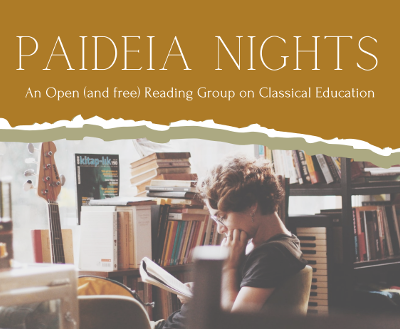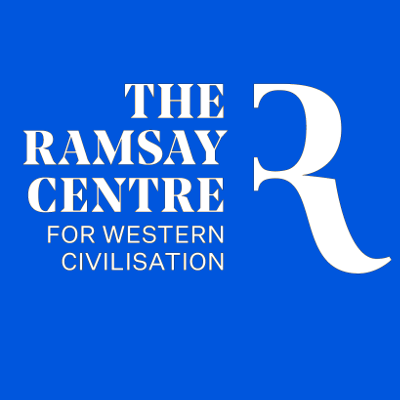Cheree Harvey
While preparing for our Parent Practicum on 28 June, I have had the marvelous opportunity to dwell on yet again, the fifteen tools that Classical Conversations promotes and teaches to gift your child (and yourself) a classical education. These are not new, they are derived from the classical style of learning from centuries before with Aristotle and Plato, and they really help to train the brain to think classically.
In Classical Conversations, they are split into three easy groups of five, which correspond to the level of learning a child is able to comprehend. The focus this year for our Practicum is on the Five Core Habits of the Grammar stage. I love how when we are learning about any new hobby or skill or area of interest we need to use these tools at varying levels. The Five Core Habits are Naming, Attending, Memorising, Expressing and Storytelling. These five tools can be used with all of our children, no matter what their age is. They are the entry-level tools, the way we think and retain knowledge about anything at it's core.
Let me take you on a little journey about how we use these Grammar stage tools with all ages of children.
Suppose we were on a walk on the beach, the wind is blowing in our hair, the sand is squeaking under our feet, the waves lapping gently at the shore. With my small ones I would be using the tool of Naming by calling all of these things I see around me by name - shell, water, wind.
I would use the Attending skill - the water is warmer than the wind. You can feel the wind on your skin, hear the waves, see them race up the beach and curl over and foam.
The Memorising tool would be how we would commit some form of this to memory. In our community this year we have studied Biology. One of the memory work songs we learned was about invertebrates. I could point to a crab and begin the song "What are the major groups of invertebrates?" and suddenly all three of my kids will chime in with the rest, including their actions. It is catchy, it is memorable, we have attached that lovely walk to a memory peg we have already created from our class time. Now I can't get the song out of my head!
Expressing is a tool for drawing out of your child what they have learned. We may express by making a sculpture or drawing of a crab in the sand, we can express by running around like a crab does, imitating what we have seen.
Finally, last but not least, is Storytelling. This is a beautiful way to link up more of our world within our words. When we get home we can tell Dad or Granny about what we saw at the beach, or we can curl up with the family and read a poem or story about a crab, the sea, the world beneath the waves. Or perhaps even about someone's great journey across the sea - like the Iliad or the Oddesy.
Now fast forward to a few years later, when these same children are in the secondary stage of development - the Dialectic or Logic stage. They are able to comprehend the pieces of things, and are really intent on how they work and fit together. How would I use these Five Core Habits to engage conversation with my 9-13 year olds during or after this walk on the beach?
Attending - Do you see that crab over there? Let us watch it carefully, I wonder how a crab grows and changes. Can you see any other crabs? Smaller ones? Larger ones? When we are home, let's look up a life cycle of a crab.
Naming - Once we have researched our life-cycle image the conversation would follow something like this. Can we name the five stages - Eggs, Zoea, Megalopae, Juvenile, Adult. What names need defining - what does Zoea and Megalopae mean? Do you know what Juvenile means?
Memorising - Let's find a good way to commit this to our memory. This is so interesting, but some of these words are strange to our ears. How about we make a chant or even a clapping game (I am never too old for a fast paced clapping game) to help them stick.
Expressing - We are going to print off this life-cycle chart we have found of our crab friend and let's try and copy it as carefully as we can so we can hang it up with our other discoveries. I will draw one right alongside you.
Storytelling - After dinner, why don't you explain your diagram to the rest of the family so we can all enjoy learning what you have learned. In the meantime, can we find a story we own or a poem that reminds us of this crab we have been studying? Time for a curl up with a book together.
We have one more stage to think through, moving a few years further ahead to when your child is in the Rhetoric stage of development at the age of 14-18. They know so much, they want to express and are ready to test their wings by being the teacher and creatively showing what they know. However, are they too old for the Five Core Habits? Are these tools just to lie dusty in the corner? Of course not! Let us take our trip to the beach again....
Perhaps our students are learning (or think they know all about) crabs by now. But one day we read together The Crab who Played with the Sea by Rudyard Kipling and they begin to be curious about crabs once again. In our Storytelling we have heard a creation myth style story about crabs. They remember having explored them in their younger years and know of the life cycle and perhaps more. Now they are ready to stretch their minds and show their own expertise. We decide it is only fitting to draw the anatomy of a crab. This activity will capture our Attending skill. We find a good book with a clear, large picture of a crab inside and a diagram of it's body with all the parts labelled. We study it carefully together, notice the length of the legs, the shape of the shell, the large pincers and the one extremely large claw. This reminds us of the story we have read which likens this claw to scissors. Then we us Naming to speak of the names of the different parts labelled. We look up the meanings of some of the difficult words we haven't encountered like Pereopod, Chela, Merus. We reascertain that we know others like Abdomen, Posterior. We decide this week we are going to commit to Memorising the entire anatomy as labelled on our drawing. We come up with the list of parts, we use Expressing to think of a song or actions we can put to it, moving our bodies is a great way of engaging our minds. We practice by starting piece by piece. We label our own arm as a crab's arm. Our own leg as a crabs leg etc. Perhaps we end up wearing a laundry basket shell for a day... or a backpack which is much less embarrassing.
As we delve deeper into these tools we see how inextricably they are linked and how they flow one into the other. This is just the same as with the other ten tools. They are all connected and naturally work together to broaden our understanding of any one topic, any range of topics with all their interconnected pieces. And this is where Classical Conversations has helped me. By introducing me to and encouraging and supporting me in building my own comprehension of classical education, and helping me re-educate myself and my children in a community environment.
If you would like to begin a conversation about how to begin or continue classicaly in this homeschool journey, I would be more than happy to hear from you at






